 Nguyen Thai Binh Ward is wondrous – odd industrial supply stores, run-down hotels, and old apartment blocks. And it’s dotted with delights. There’s the Ho Chi Minh City Fine Arts Museum, street food vendors and cafés, and if you look closer, some of the city’s best restaurants. These are destination places, venues worth seeking out. Not that they’re far removed from the city center – this is still District 1, after all – they’re just captivations amid the chaos. Take Noriboi, a restaurant, like its inspiration ‘water,’ that’s always on the move.
Nguyen Thai Binh Ward is wondrous – odd industrial supply stores, run-down hotels, and old apartment blocks. And it’s dotted with delights. There’s the Ho Chi Minh City Fine Arts Museum, street food vendors and cafés, and if you look closer, some of the city’s best restaurants. These are destination places, venues worth seeking out. Not that they’re far removed from the city center – this is still District 1, after all – they’re just captivations amid the chaos. Take Noriboi, a restaurant, like its inspiration ‘water,’ that’s always on the move.
Noriboi’s iconoclastic energy is clear from the name – part ‘nori,’ the Japanese word for seaweed, part endearing slang, ‘boi.’ “We’re definitely not traditional,” the team begins. “We’d describe ourselves as a very modern omakase experience.”
This is the restaurant’s second location: more composed, more conceptual in its second coming. It’s a move that, they say, felt “daring and necessary.” And Time Out just called the new neighborhood one of the world’s coolest, making the decision seem especially prescient.
Intentionally positioned opposite the Ho Chi Minh City Museum of Fine Arts, Noriboi’s new home embodies that vision – inviting guests to explore the intersection of culinary and artistic expression through both its menu and its space. Here, the refined beauty of Japanese craftsmanship meets the soulful vibrancy of Vietnamese cuisine in perfect harmony.
Unforgettable Omakase Sets Full Of Theater
While Thao Dien is deluged with new bars and restaurants, the Noriboi team upped and moved to the center of town – giving an insouciant shrug before getting back to the business of serving unforgettable omakase sets full of theater, and a unique mix of local elements with premium Japanese produce. A blend, as they describe it, of “Japanese precision with Vietnamese vibrancy.”
Each can offer the other something. “Japan might teach Vietnam the beauty of restraint and simplicity, while Vietnam would show Japan the magic of spontaneity and celebration,” Noriboi explains.
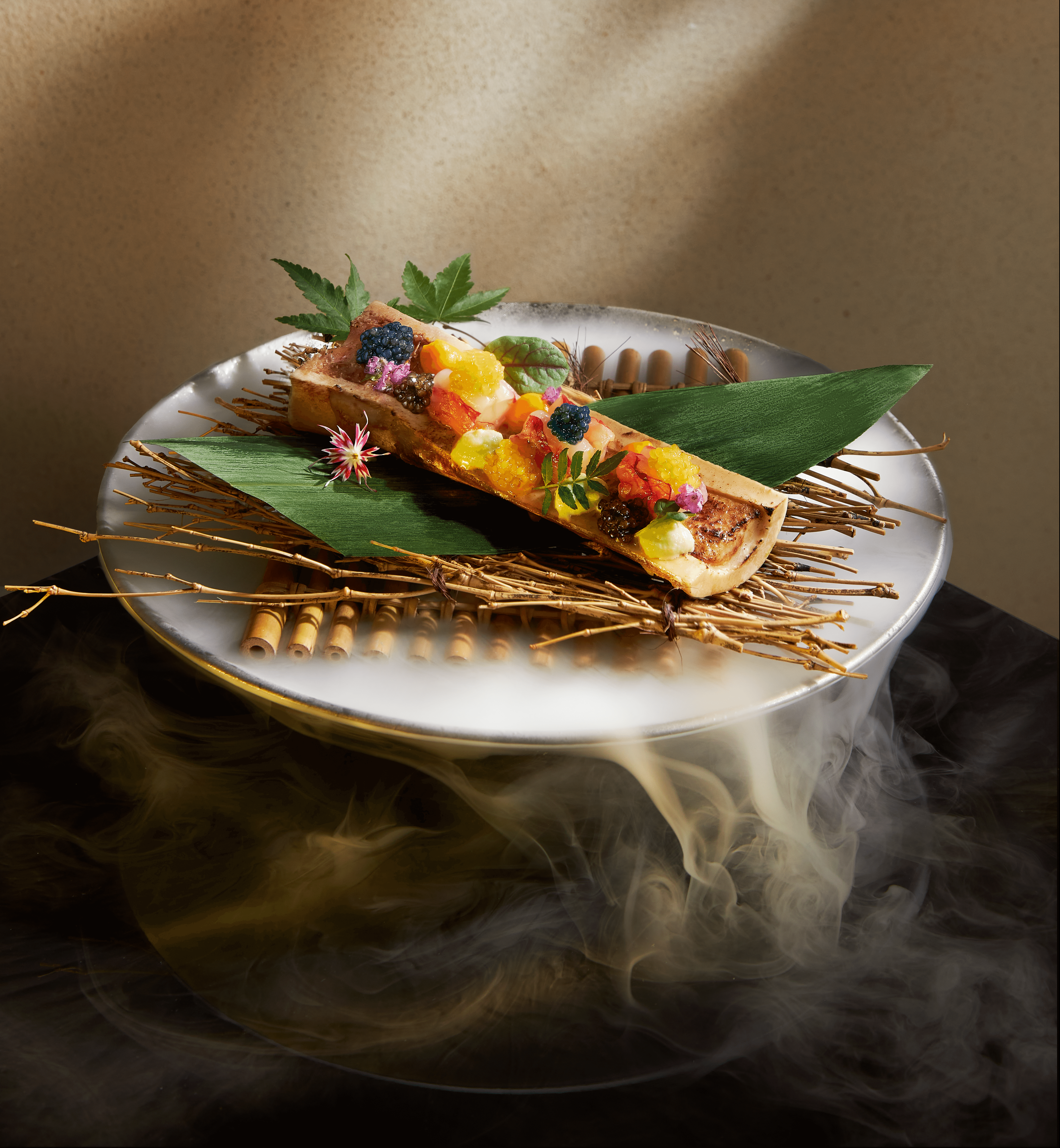
There’s more, the Noriboi team contend, that meets the eye in the culinary and cultural overlaps between Japan and Vietnam – the center of a Venn diagram they’re happy to inhabit.
There’s the ocean – both have long, winding coastlines and cuisines rich in produce from their seas. Rice is the staple crop. Cities mix old and new without much planning – temples next to Family Marts, traditional shops beside modern ones. Both places know how to squeeze a lot of life into small spaces.
The respect for food and the people who make it is similar too. It’s why Japanese tourists feel at home in Vietnamese restaurants, and why Vietnamese chefs study in Tokyo kitchens. “At Noriboi, we embrace all this to create a distinctive harmony, blending the traditions of two rich culinary cultures into something entirely unique,” they tell us.
Familiar And Completely New
That’s reflected in the decadent dishes Noriboi serves: the sweetness of Hòa Lộc mango complements red sea bream from Japan with a whisper of wasabi heat, delicate hairy crab is paired with Ogawa Bafun sea urchin and presented on a lotus leaf, and melt-in-your-mouth A5 Wagyu is enhanced with a silky avocado sauce from Dalat.
It works. The sweetness and acidity of the Hòa Lộc mango or locally sourced lychee play against the clean, subtle flavors of Japanese seafood – like red sea bream or Hokkaido scallops – creating a surprising harmony that feels both familiar and completely new.
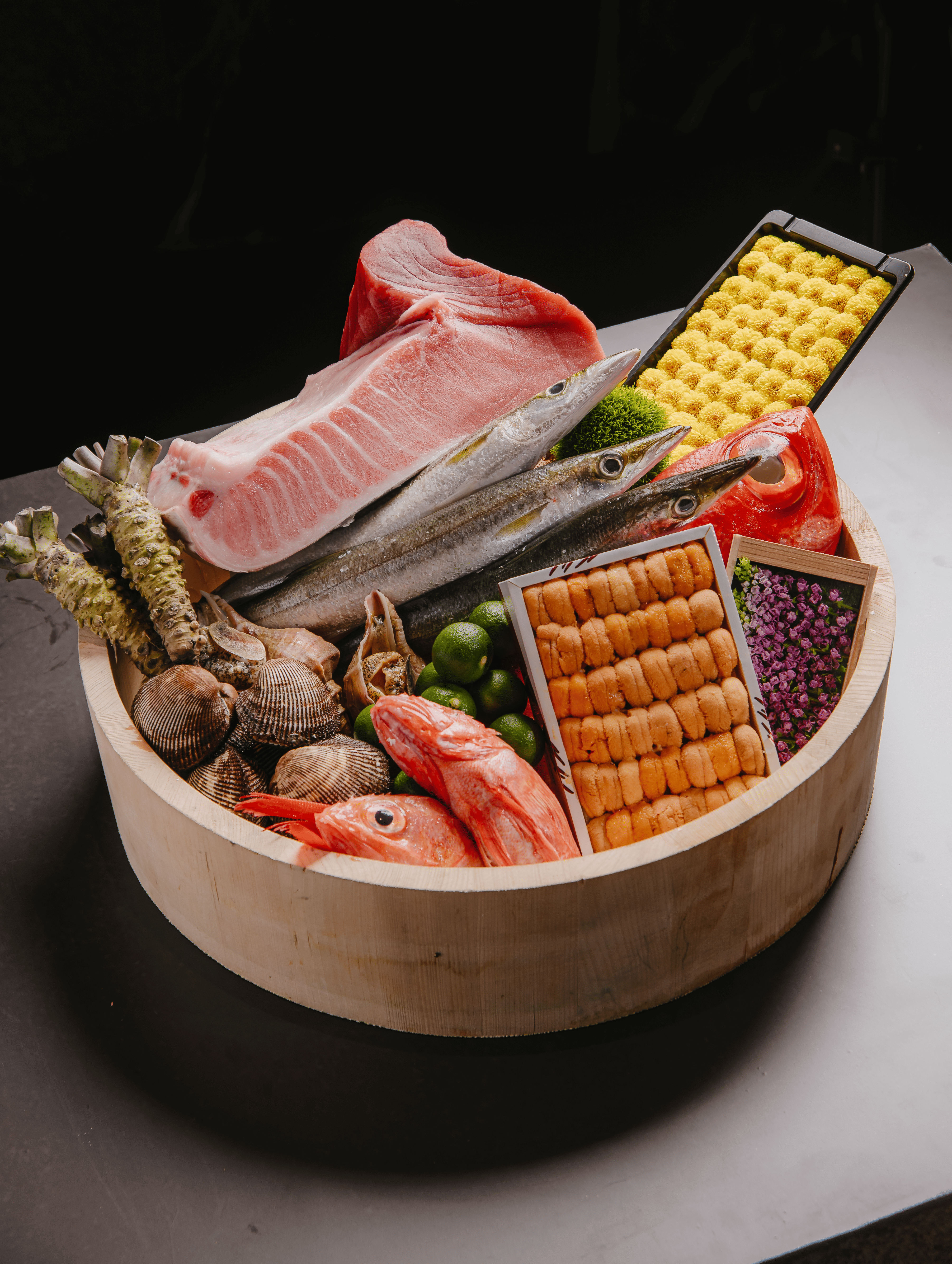
The sea is so pervasive to both countries and cultures that at 31 Phó Đức Chính, Noriboi has embraced the theme of water, with its richness of metaphors: tears of sadness or joy, the sweat of hard work, a tsunami from the depths, a bubbling stream. “And it signals purity and renewal,” the Noriboi team volunteers, “representing, as it does, the clarity and balance we wanted to bring to our omakase, much like a still pond reflecting the sky.”
There’s some of water’s restless energy in Noriboi’s search for perfection, rebranding and relocating like water carving a new path through stone.
An Omakase Restaurant On The Move
Everything’s on the move, after all. Even Japanese culture, for all its history and heritage, is constantly shifting. Take sake – where young brewers are experimenting with wine yeasts and aging in whisky barrels. Dassai, one of Japan’s most famous brands, is using centrifuges instead of traditional pressing methods. And IWA 5 has thrown out the rulebook entirely, making sake with French winemaking techniques, aging it in oak, even blending different batches.
At Noriboi, the IWA 5 is paired with shirako ponzu and Vietnamese ground cherry. The shirako – cod milt – has a creamy texture that works against the sharp ponzu, and IWA 5’s acidity cuts through the richness while its oak aging adds depth. The ground cherry brings sweetness and a slight tartness that ties it together, and the sake’s complexity candidly matches the dish’s mix of textures and flavors.
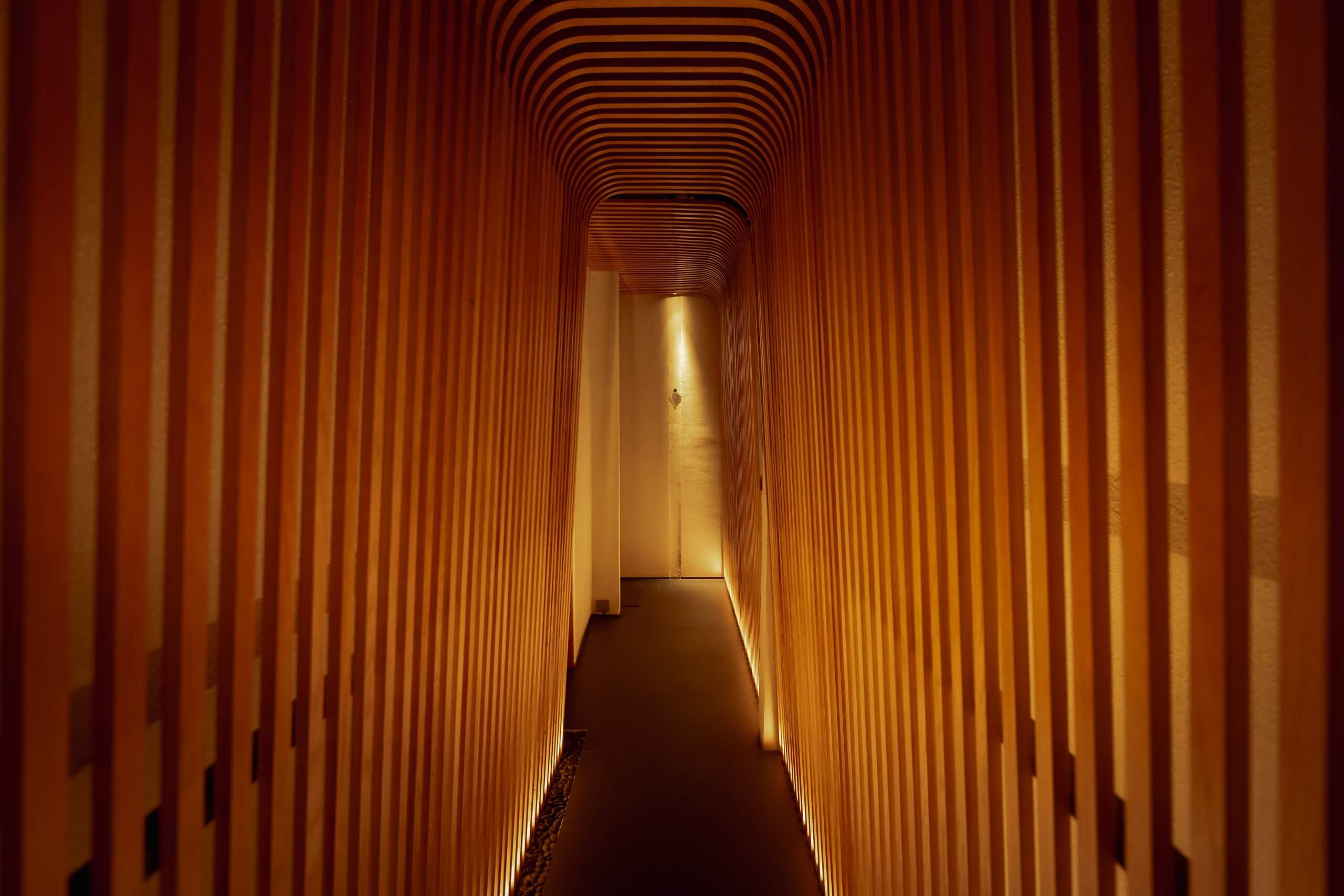
Omakase Sets To Be Mulled Over And Mused Upon
The nearby museum’s not just a landmark. It’s an inspiration. So Noriboi, glancing up from time to time at the characterful yellow-hued building at the head of the street, is inspired to turn dinner into a performance, a kind of creative showcase, as mulled over and mused upon as some of the masterpieces in the galleries.
Noriboi resembles the museum in other ways too. The door at the hidden-in-plain-sight entrance slides obligingly open, revealing a ceremonial start to the dinner – a hushed tea lounge like the meditative high-ceilinged halls of the museum through which drifts the aroma of matcha. It’s a ritual of reset: the warmth of a handcrafted tea bowl in your hands, the earthy flavor cleansing your palate, the soft whisking preparing your senses.
Then you ascend to the omakase counter, where a sense of water continues to flow through the space, while raw Spanish stones cool beneath your feet and warm lighting envelops you above.
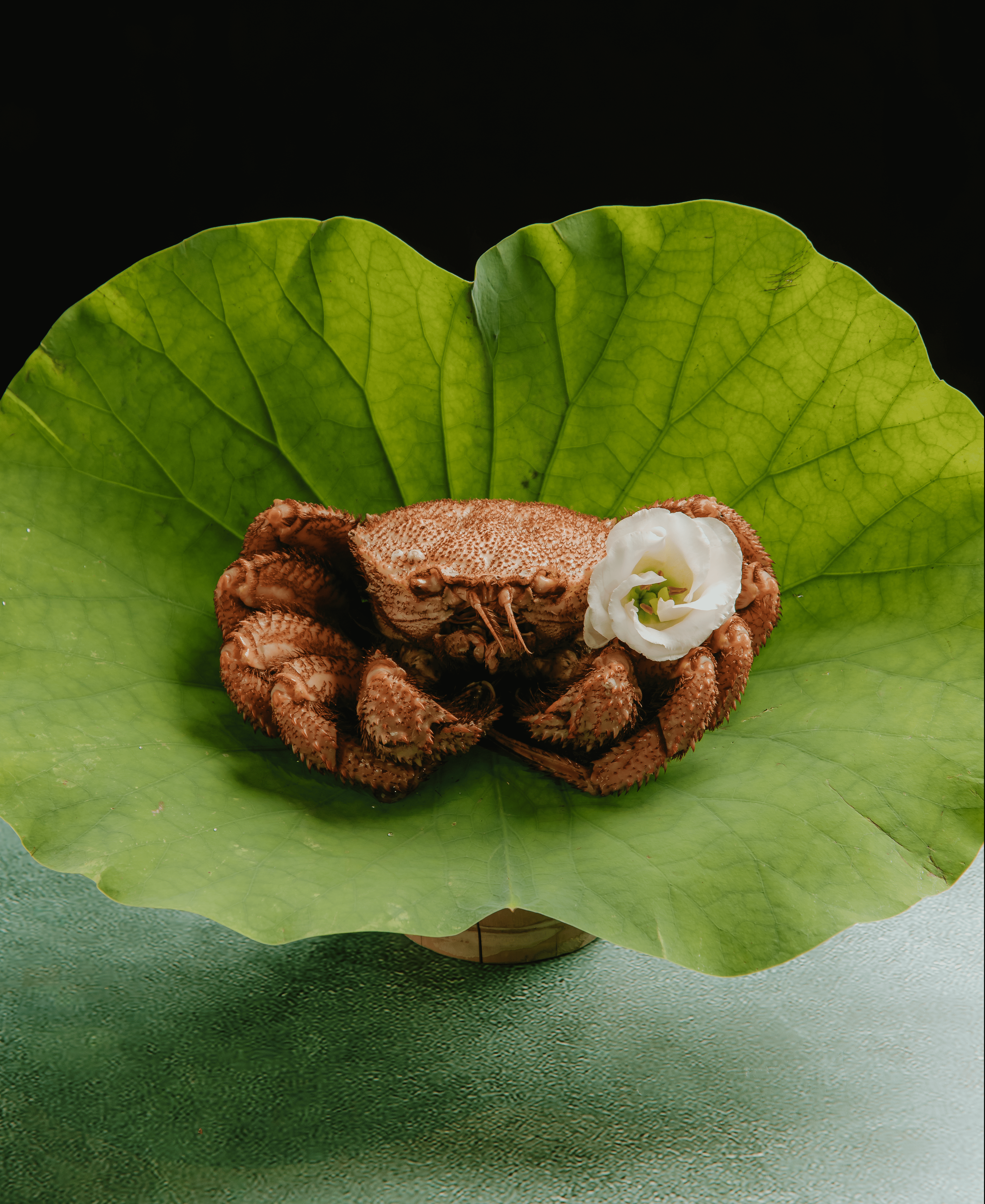
A Dialogue Between Japanese Precision And Vietnamese Vitality
By the time the first course is presented, you’re immersed in Noriboi’s narrative, a seamless dialogue between Japanese precision and Vietnamese vitality that started the moment you walked through the door.
“In the future, we envision Noriboi flowing outward like a river meeting the sea, bringing our philosophy to a wider audience while staying deeply connected to our roots. Whether it’s through collaborations with international chefs, exploring rare Vietnamese ingredients like wild mangosteen and trái bòn bon, or even opening new destinations, our goal remains the same: to create a space where cultures meet and merge, like streams converging into something greater.”
Creating a new menu is like dancing while everyone’s watching. “It’s fun but it’s pressure too, of course,” the Noriboi team concur. Like any well-structured creative process, it starts out expressively, then gradually, towards its execution, the tension mounts.
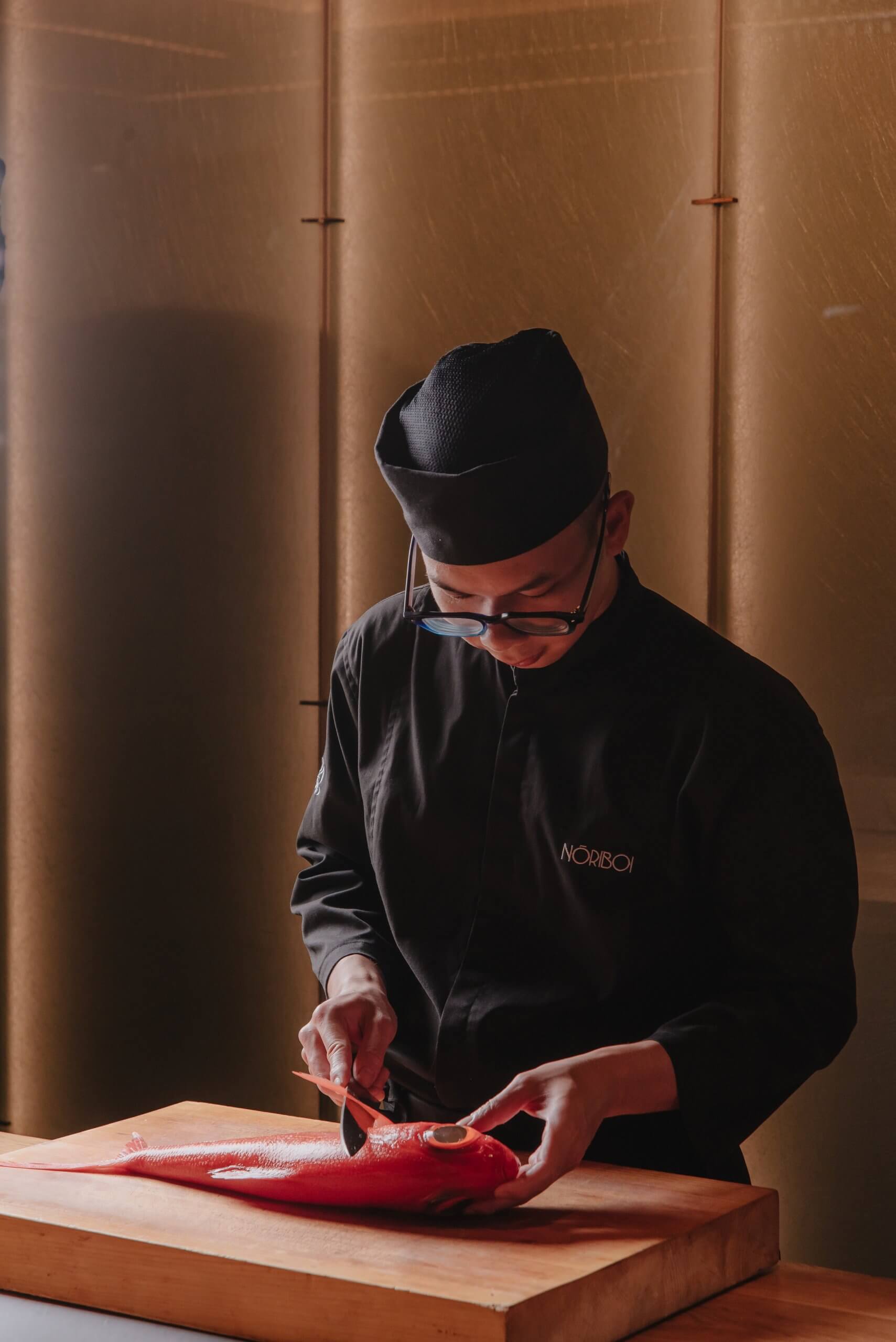
They’ll take a concept, like Lake Biwa in the current menu, and consider it literally and metaphorically – Lake Biwa is Japan’s largest freshwater lake full of wonder and natural beauty, but it also represents purity, fluidity, and the harmony between humans and nature, things the team take into account.
Then they’ll begin playing around with ingredients – local fruit, rare herbs, or even unexpected elements like bird’s nest – anything that tastes extraordinary but that can also be subsumed by the menu’s narrative and their framework of what Noriboi is as a restaurant. There are those ingredients, first and foremost, chosen for their nourishing nature and the balance they can bring to the menu. There’s an eye for opulence too.
They incorporate elements like gold leaf, premium caviar, or rare Japanese seafood thoughtfully, highlighting their rarity and the artisanal nature with which they’re produced. “Opulence here is about storytelling – a way to honor the ingredients and evoke wonder without overwhelming the senses,” they add. Then there are the dramatic presentations – ornate dioramas of a Japanese temple town or leather-bound suitcases that open to reveal petit fours. It’s the intersection of culinary artistry and visual art.
Good Pressure
It’s the good kind of pressure, the kind that’s a byproduct of care. “Every decision, from ingredient sourcing to plating, carries weight because our goal is to deliver not just a meal, but a story guests will never forget.”
They’ll test the dishes repeatedly, making small adjustments to flavor, texture, and presentation, before their focus turns towards service and the timing, temperature, and pacing “to create an experience like a well-rehearsed orchestra.”
Then the first guest takes a bite. “It’s thrilling and nerve-wracking all at once, a balance of high-pressure precision and the joy of seeing guests’ reactions to something we’ve poured our hearts into,” they say. “And then the guest’s eyes light up, and it all comes full circle…” as they begin looking ahead to the next menu and the process begins again.
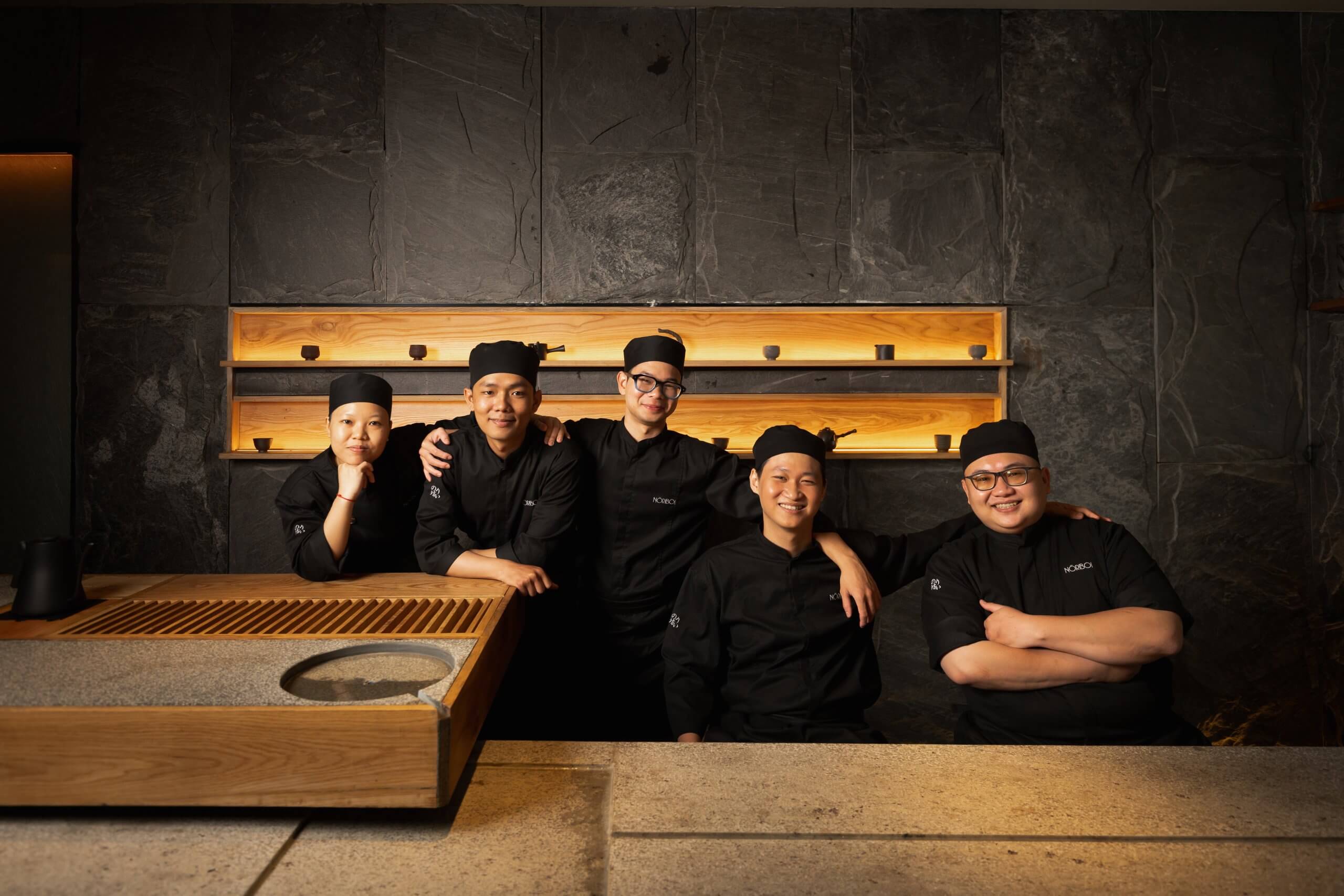


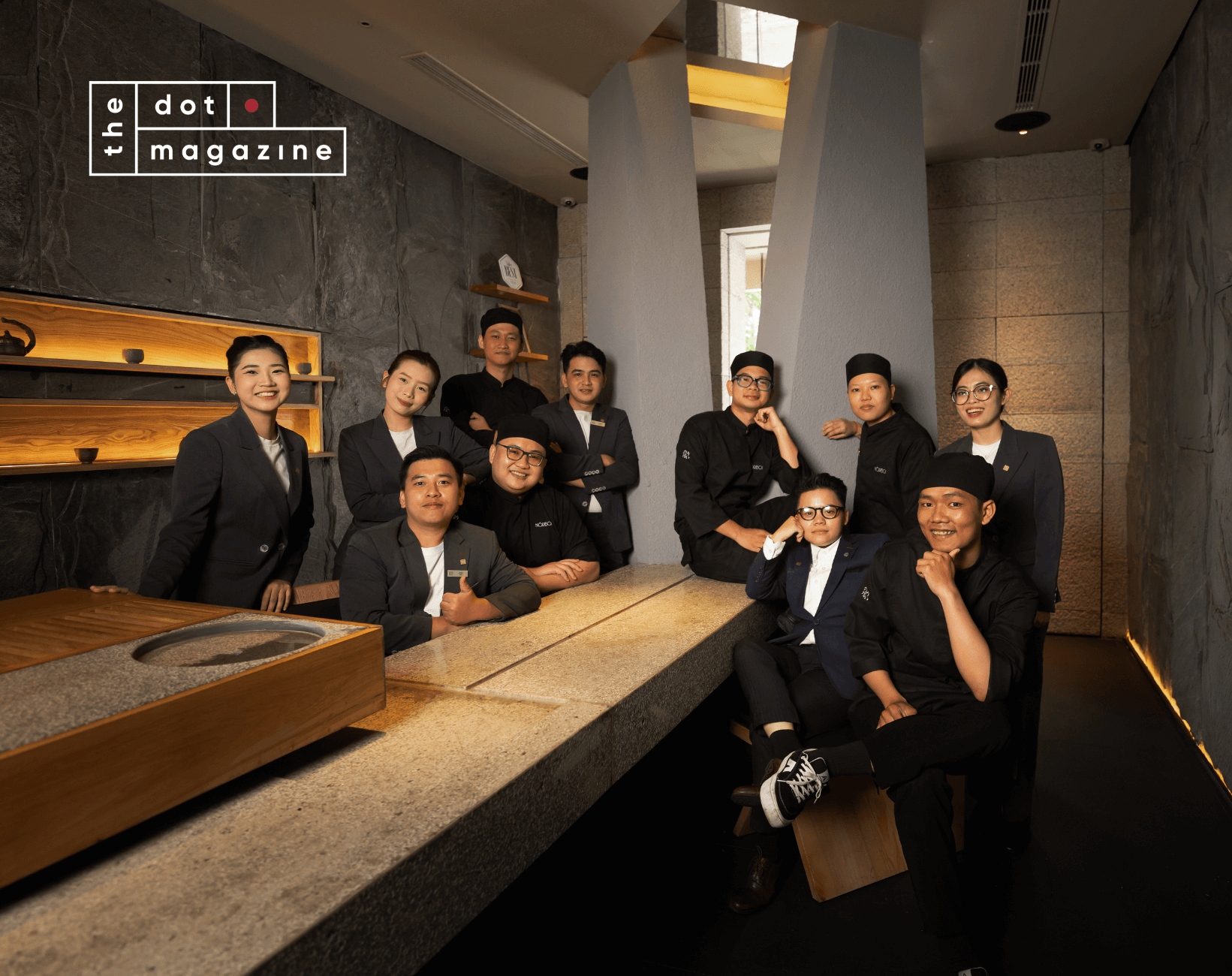 Nguyen Thai Binh Ward is wondrous – odd industrial supply stores, run-down hotels, and old apartment blocks. And it’s dotted with delights. There’s the Ho Chi Minh City Fine Arts Museum, street food vendors and cafés, and if you look closer, some of the city’s best restaurants. These are destination places, venues worth seeking out. Not that they’re far removed from the city center – this is still District 1, after all – they’re just captivations amid the chaos. Take Noriboi, a restaurant, like its inspiration ‘water,’ that’s always on the move.
Nguyen Thai Binh Ward is wondrous – odd industrial supply stores, run-down hotels, and old apartment blocks. And it’s dotted with delights. There’s the Ho Chi Minh City Fine Arts Museum, street food vendors and cafés, and if you look closer, some of the city’s best restaurants. These are destination places, venues worth seeking out. Not that they’re far removed from the city center – this is still District 1, after all – they’re just captivations amid the chaos. Take Noriboi, a restaurant, like its inspiration ‘water,’ that’s always on the move.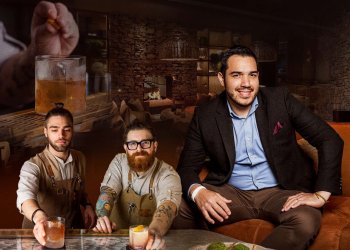
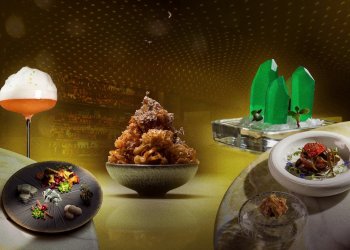
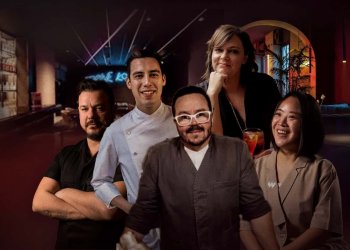




 Wink Hotels' is a new kind of Vietnamese hotel made for the modern traveler and ready to take on the world.
Wink Hotels' is a new kind of Vietnamese hotel made for the modern traveler and ready to take on the world.